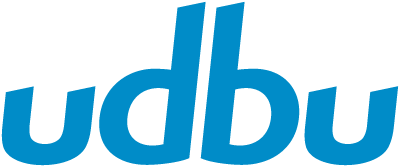Waterjet vs. Laser Cutting: Which Method to Choose for Your Project
 Waterjet vs. Laser Cutting: Which Method to Choose for Your Project?
Waterjet vs. Laser Cutting: Which Method to Choose for Your Project?
Choosing the right metal cutting technology is key to the success of any manufacturing project. Two powerful methods dominate the market: waterjet cutting and laser cutting. While both technologies offer high precision, they have significant differences that affect the final result, cost, and production speed. Let's figure out which one is right for you.
Waterjet Cutting: When Strength Without Heat is Crucial
Imagine a thin, but incredibly powerful stream of water mixed with a fine abrasive (essentially, sand). This stream cuts the material without any heating. This is a "cold" process, which is its main advantage.
Pros:
Versatility: Waterjet cutting can handle almost any material—from steel and titanium to glass, ceramics, and stone.
Ideal for thick materials: It's capable of cutting sheets over 250 mm thick, which a laser cutting machine simply can't do.
No thermal impact: Since there's no heating, the material doesn't warp, change its structure, or lose strength in the cutting zone.
Cons:
Speed: It's a slower process, especially when working with thin metal sheets.
Cost: Due to high abrasive consumption and a longer cutting cycle, the cost can be higher.
Laser Cutting: Speed and Precision for Thin Sheets
Laser cutting uses a focused beam of light that melts and vaporizes the material. This is a "hot" process, ideal for fast and precise processing.
Pros:
Incredible speed: Laser cutting is many times faster, especially when processing thin metal sheets.
Highest precision: It provides a very clean, narrow cut and allows for the creation of complex-shaped parts with minimal error.
Smooth edge: The edge of the part often doesn't require additional finishing after being cut by a laser.
Cons:
Thermal impact: Heating can cause thin sheets to warp and change the material's properties in the cutting zone.
Thickness limitation: The efficiency of a laser drops sharply on thick materials (usually over 30 mm).
Material limitations: It's not well-suited for cutting highly reflective materials like copper and brass.
So, What to Choose?
To make the right choice, ask yourself a few questions:
What material are you cutting and how thick is it? If it's thick sheets or materials sensitive to heat (e.g., hardened steel), your choice is waterjet cutting.
How important is speed? If you need to quickly produce a large number of thin parts, laser cutting will be the optimal solution.
What precision do you need? For very small and complex parts with a perfect edge, the laser will have the advantage.
Both technologies are powerful tools in metalworking. The choice between them isn't a question of which is better in general, but rather which is better for your specific task.
